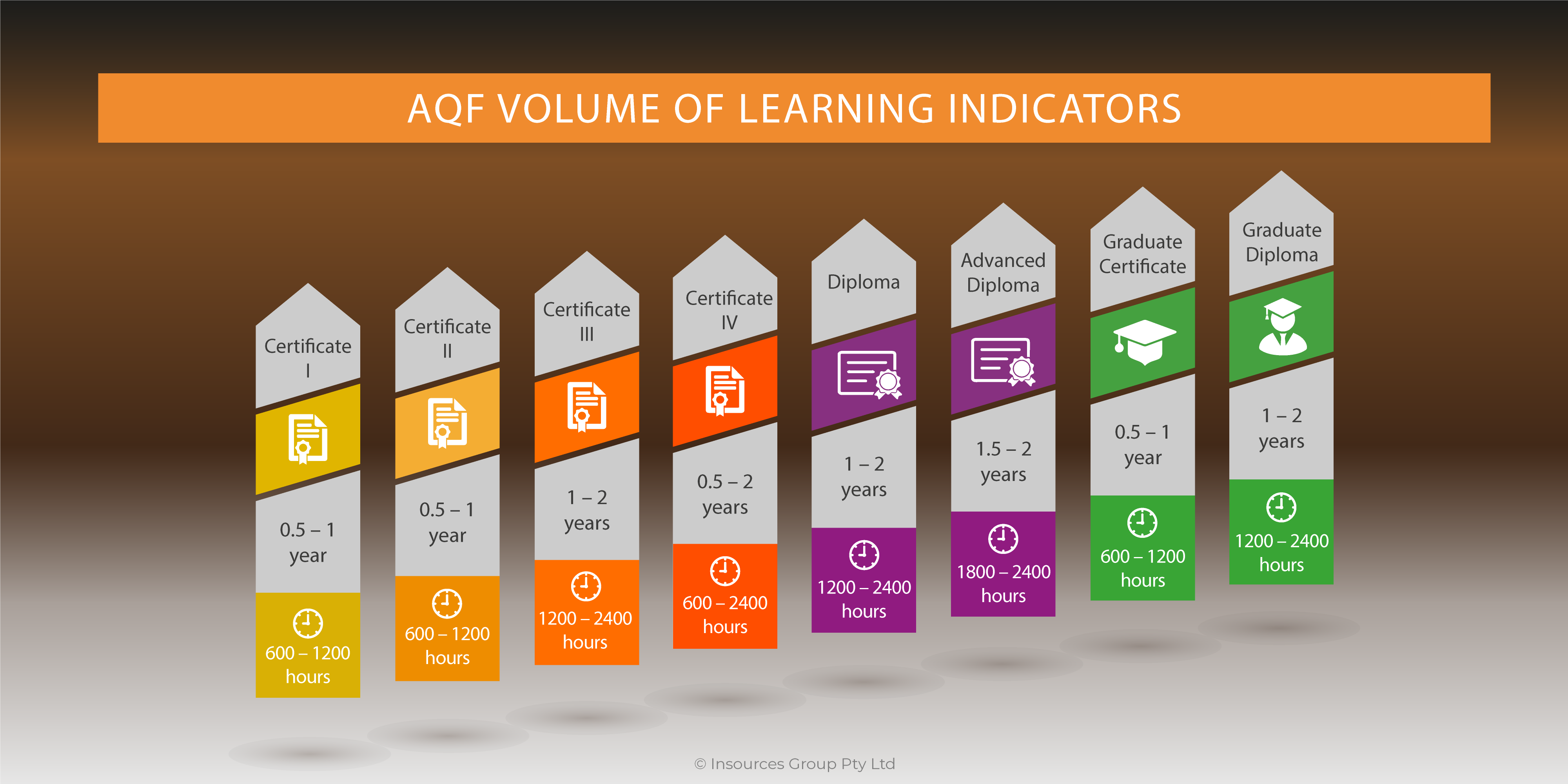
Researchers have two theories for the beneficial effects of visuals on learning. Dual encoding states that when information is provided in both text and visual formats, two memory traces are formed. A double representation increases the probability of encoding new knowledge into long-term memory.
A second theory suggests that visuals can communicate relationships among content objects more efficiently than can be communicated by words alone.
A recent research compared mental model improvement among learners who studied one of the three lesson versions on blood circulation through the heart. One version used the text alone. The other versions used the same text with either a simple line drawing or a more anatomically accurate 3D drawing. A pre and post-test requiring learners to sketch and describe heart circulation measure learning. Both lesson versions with graphics improved understanding better than lessons with text alone. However, the simpler line drawing was more effective than the realistic 3D drawing. Often a simpler visual is more effective to build deeper understanding.
Guideline 1: Use organizational graphics to show qualitative relationships
An organizational visual is a knowledge representation that uses shapes and text to illustrate various types of qualitative relationships among the content. Organizational visuals are sometimes called graphic organizers and can be presented as a tree diagram, concept map, or a matrix. Table 1 summarizes four common types of graphic organizers. Typically, graphic organizers are presented in conjunction with words and result in increase learning of relationships among lessons ideas.
Table 1 | Some Common Graphic Organisers |
Type | Designed to Depict |
Tree Diagram | Hierarchical and coordinate relationships |
Casual Diagram | Casual Relationships |
Matrix (Table) | Compare and contrast relationships |
Knowledge or Concept Map | Multiple relationships among concepts |
When to use Organizers
Although researcher shows that graphic organizers do benefit learning, the evidence does not strongly or consistently support organizers as more effective than an outline. For now, we recommend providing outlines for shorter texts and considering more elaborate graphic organizers for materials that impose greater mental load such as longer lessons or a series of lessons. Select a graphic organizer that best supports the type of relationships described in the text, such as a matrix for compare and contrast or a tree diagram for coordinate and subordinate relationships.
Guideline 2: Use charts and graphs to communicate quantitative relationships
In newspapers, Power Point presentations, and on cereal boxes, graphs such as pie and bar charts are ubiquitous. Graphs are so popular because they make quantitative relationships easy to understand. Furthermore, displaying numerical data in a visual format supports the discovery of relationships that cannot be readily noticed otherwise.
The best chart or graph to use depends primarily on the mental model that you wish to build or the task the user needs to accomplish with the graph. However, the effectiveness of any graph will depend on (1) the background familiarity of the viewer with the format, (2) the intended interpretations of the graph, and (3) the design of the graph it self.
Guideline 3: Use transformational visuals to communicate changes in time or space
Transformational visuals illustrate changes over time or through space. They are very useful to build mental models of how things work. One common example is a cycle diagram showing stages of an internal business process such as following the path of an order from the time it enters the organisation until the customer receives the products. Following the distribution paths, summarizing science flows, or even illustrating how mechanical systems work are all processes that benefit from transformation visuals.
Graphic Design of Transformational Visuals: Dynamic vs. Static Visuals
Suppose you wanted to teach a mechanical process such as how a toilet or a brake works? Would it be better to use dynamic visuals such as animation or a series of static? While a dynamic visual such as animation might seem to be the best way to communicate movement, there are some practical and psychological reasons to use simpler visuals such as line drawings with movement indicators. Also, on the practical side, animations cannot be easily delivered on as wide a variety of media as line drawings. For all intents and purposes, animations require media such as video or computers that support the dynamic visuals. When delivered on the Internet, the more complex animations require more bandwidth than still drawings. Also, process animations are generally more costly to produce compares to static drawings. Finally, from the learner’s psychological perspective, animations may impose greater mental work because animations display a great deal of visual information that typically plays outside of the learner control. That is, the pacing of the animated sequence is at a predetermined speed. Therefore, the amount of transient visual information may overload working memory capacity.
Guideline 4: Use interpretive visuals to communicate abstract caused-and-effect relationships
Interpretive visuals are representations of relationships designed to build a cause-and-effect mental model. They often depict abstract concepts, principles, or laws involving interactions among phenomena that are visible such as molecular motion or genetic inheritance.
The bottom line
Cause-and-effect mental models are stimulated by visuals that depict relationships among lesson concepts. We have seen evidence that similar explanatory visuals are usually more effective than text alone or complex graphics-especially for learners who are new to the subject. Specifically for learners who are new to the subject. Specifically, we recommend use of:
- Outlines as graphic organizers for simple texts
- Two-dimensional graphic organizers for more complex text
- Static line drawings to illustrate “how it works” content
- Familiar graphs such as bar charts to communicate quantitative relationships
- Use of concrete rather than abstract representations of state changes for novice learners
- Online agents to model thinking processes
Reference: Graphics for Learning, Second edition, Clark Lyons, ASTD Press 2014




